Strategic oversight of federal lands and resources is vital to protecting taxpayer-owned assets and ensuring fiscal accountability. For decades, outdated federal oil and gas leasing policies left taxpayers footing the bill—both from lease terms that undervalued federal resources and weak bonding requirements that shifted cleanup liabilities from oil and gas operators to taxpayers. The recent modernization of the federal onshore oil and gas leasing program has raised meaningful revenue and helps shield taxpayers from costly liabilities.
-
Updated Fiscal Rates Raise Revenue for Taxpayers
Updated royalty rates and other fiscal leasing terms will yield $2.3 billion in additional revenue through 2031 and $10.4 billion between 2032 and 2042 as production increases on leases issued under new terms.
-
Current Bonding Policies Protect Taxpayers from Costly Cleanup
Before recent updates, underfunded bonds on federal land left the public exposed to as much as $6.15 billion in potential reclamation costs. New requirements are estimated to save federal taxpayers $1.3 to $3.8 million annually in avoided plugging and reclamation expenses.
-
The End of Noncompetitive Leasing Curtails Speculation
Noncompetitive leases almost never end up producing oil and gas. In Montana, for example, only 0.1% of acreage leased noncompetitively since 2000 has been developed. Instead, noncompetitive leases are often used by speculators to get access to extensive acreage, generating minimal revenue for taxpayers—noncompetitive leases return 5 times less than competitive leases—and keeping federal land from other beneficial uses like recreation and other energy development.
-
Today’s Leasing Terms Raise Revenue Without Hindering Industry Interest
Parcels of federal land auctioned for oil and gas development under updated leasing terms have received competitively high bids. A federal oil and gas lease sale in New Mexico this February sold all acres offered at an average bid five times greater than the previous 15-year-average.vi And the average bid for a March auction in Wyoming, which also sold all acres offered, was the highest recorded in over a decade.



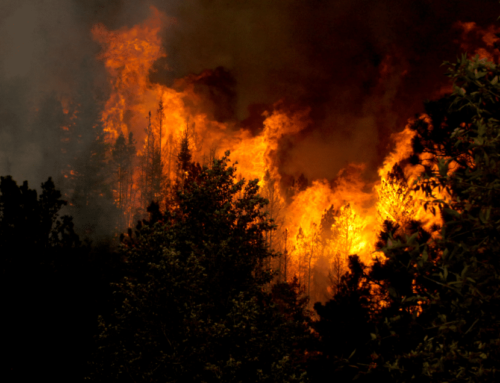
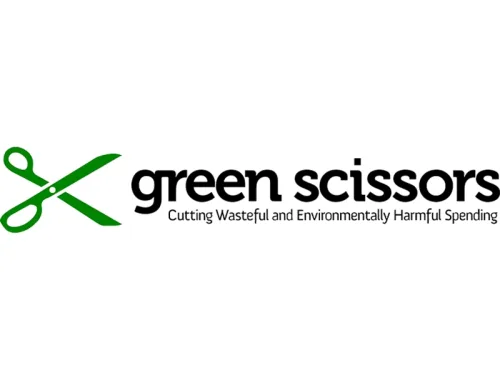
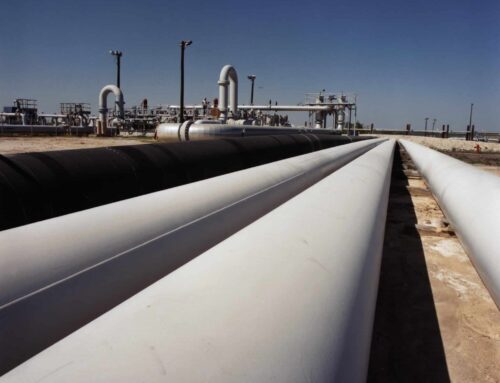
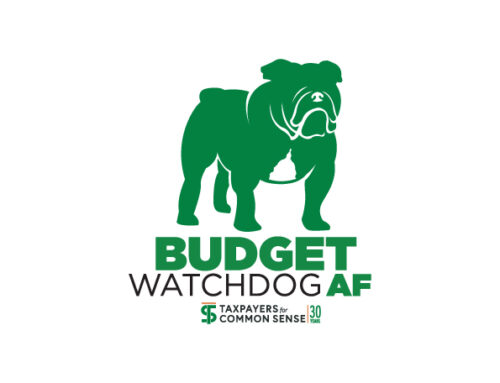
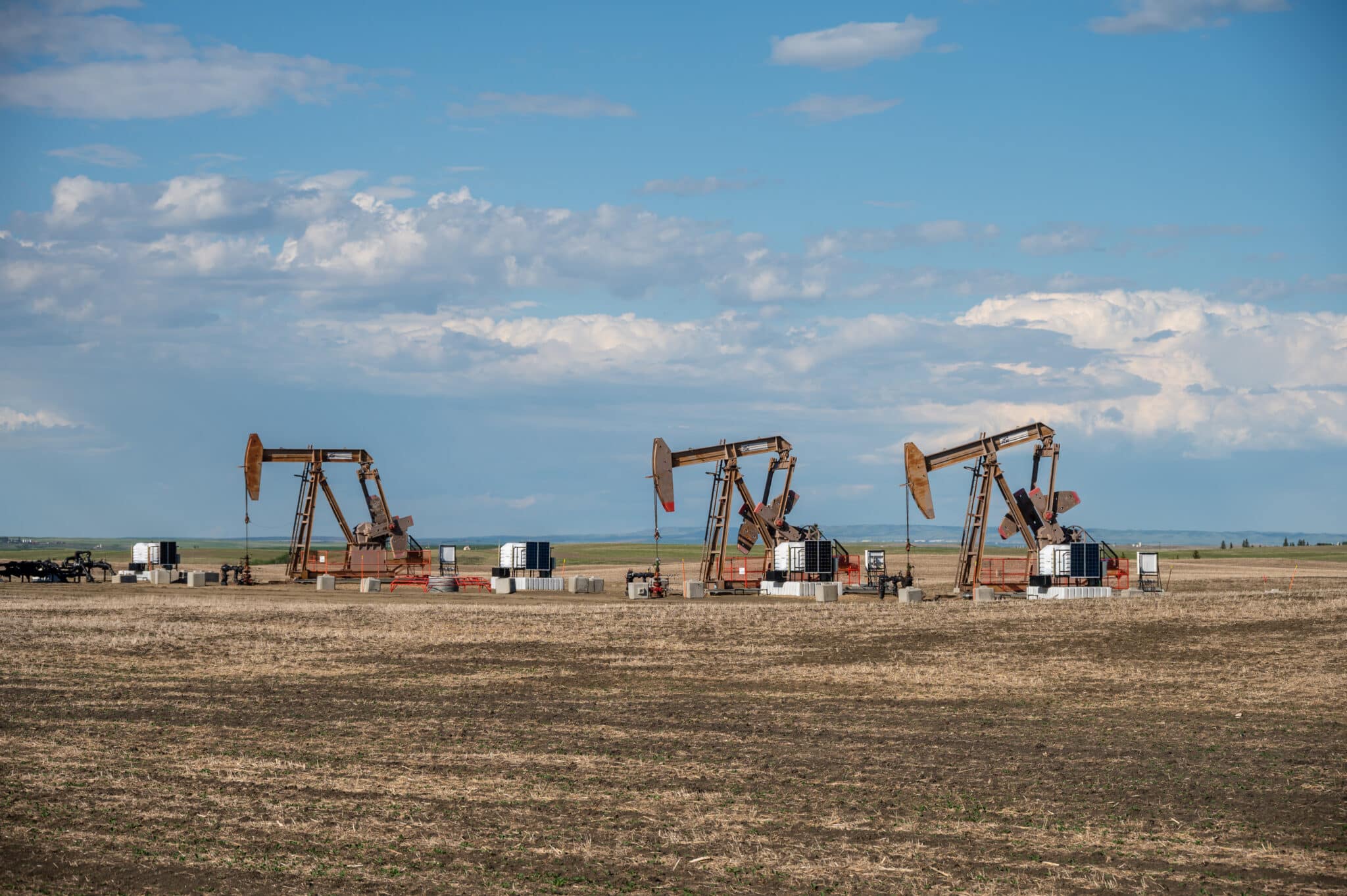



Get Social